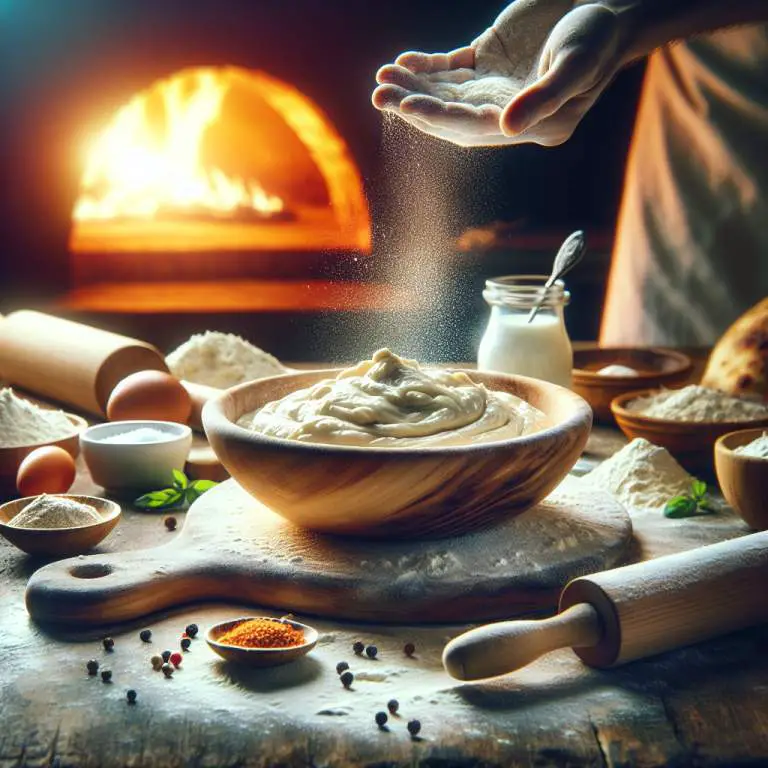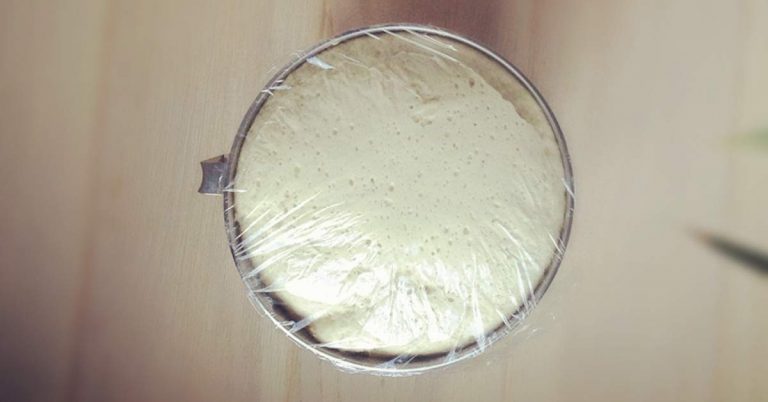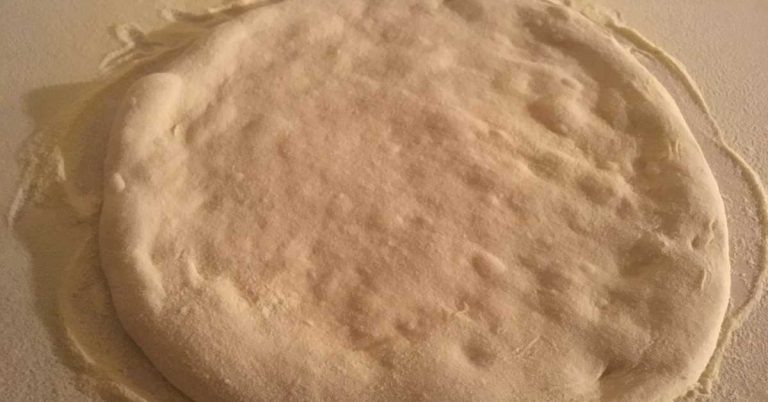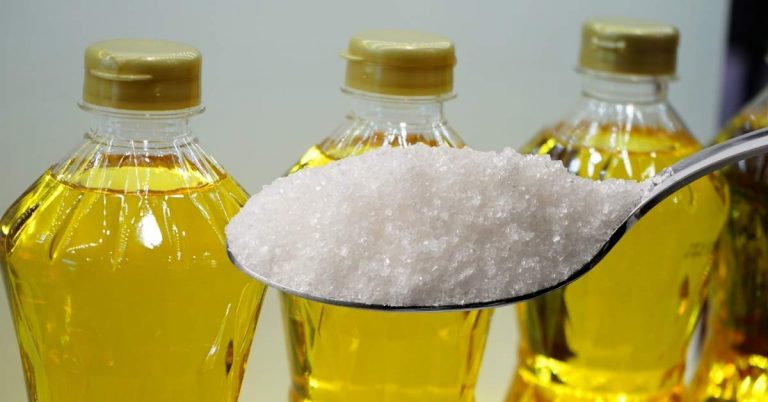How to Incorporate Whole Grains into Poolish Pizza Dough?
Incorporating whole grains into poolish dough adds nutritional value and a deeper flavor profile. Start by substituting a portion of the white flour with whole grain flour, adjusting the hydration levels as necessary since whole grains absorb more water. This modification can enhance the taste and texture of your pizza crust, offering a more complex and wholesome option.
Everyone knows the secret to a great pizza crust lies in the dough. But did you know that incorporating whole grains can not only boost the nutritional value but also add a whole new layer of flavor to your pizza?
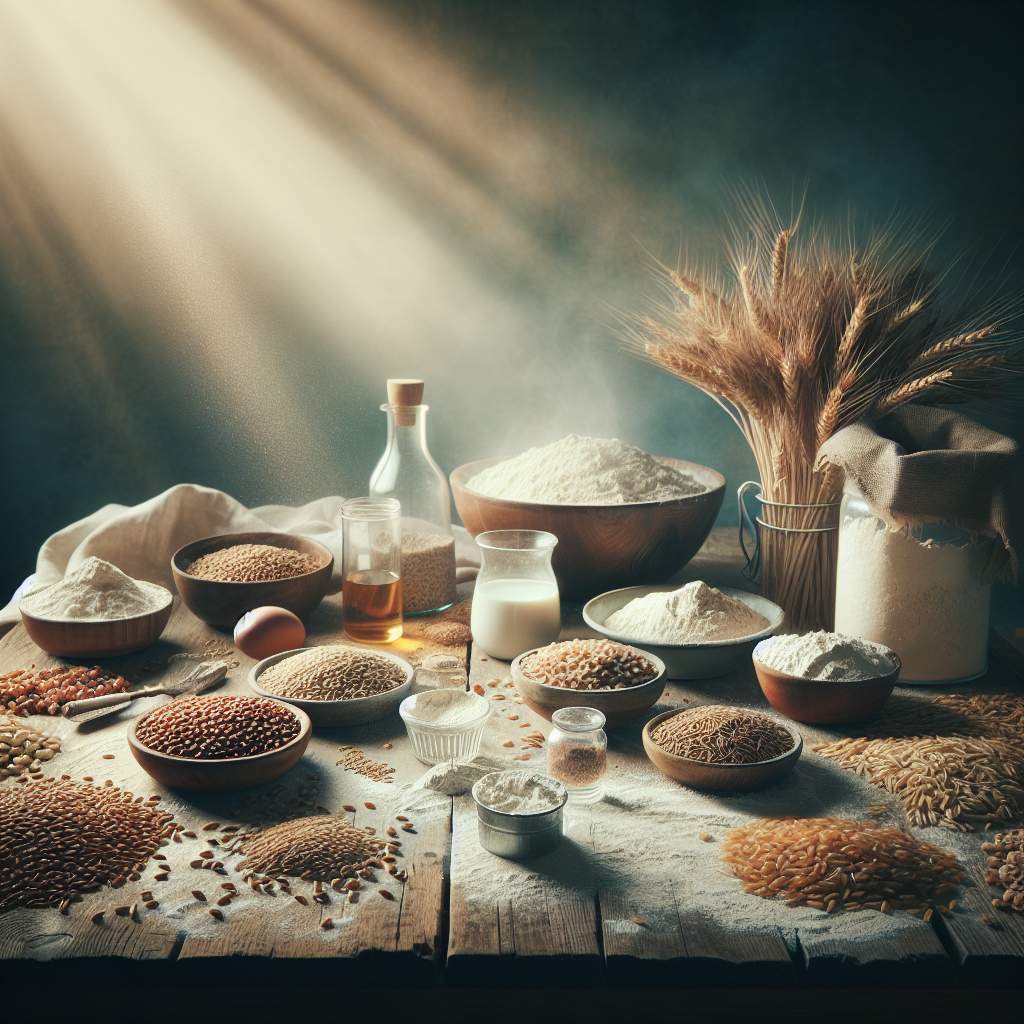
Understanding Poolish and Its Role in Pizza Dough
First off, what is poolish? It’s a type of pre-fermentation used in baking that’s quite simple. It’s a mix of flour, water, and a tiny bit of yeast. This mixture sits and ferments for a few hours or even overnight before being added to the rest of the dough ingredients. But why use it in pizza dough? Poolish makes the dough more flavorful, gives it a better texture, and helps with the fermentation process. This means your pizza crust can be light, airy, and full of complex flavors.
Selecting Whole Grains for Your Poolish Pizza Dough
Now, let’s talk about whole grains. Not all grains are created equal, especially when it comes to pizza dough. Wheat, spelt, and rye are great options for adding to your poolish pizza dough. These grains bring more nutrition to your pizza, like fiber and vitamins, compared to refined flours. Plus, they add a unique taste and texture that can make your homemade pizza stand out.
Preparing the Whole Grain Flour
Getting your whole grain flour ready is an important step. You can choose between grinding your own grains or buying pre-ground flour. Grinding your own grains can be fun and lets you control the texture of the flour. But, if you’re short on time, pre-ground options work just fine. The key is to aim for the right consistency, which should be fine enough to blend well into your poolish without making it too heavy.
Incorporating Whole Grains into Your Poolish Mixture
When you mix whole grains into your poolish, you’ll need to make some adjustments. Whole grains absorb more water than refined flours, so you might need to add more water to get the hydration levels just right. A good starting point is to adjust the ratio of whole grain flour to water in your poolish until you find what works best for your dough. This might take a bit of experimenting, but it’s worth it for that perfect pizza crust.
| Whole Grain | Benefits | Usage Tips | Effect on Poolish Development |
|---|---|---|---|
| Whole Wheat Flour | Rich in fiber, vitamins, and minerals. | Start by substituting 20-30% of the white flour with whole wheat flour. | May require more water. Fermentation time might slightly increase due to the bran’s effect on gluten development. |
| Rye Flour | Adds a distinct flavor; high in fiber. | Substitute 10-20% of the white flour with rye flour. It’s very absorbent, so adjust hydration accordingly. | Fermentation can speed up because rye flour ferments faster than wheat. Watch your poolish to prevent over-fermentation. |
| Spelt Flour | Nutty flavor; contains vitamins and minerals. | Can replace up to 50% of white flour for a lighter texture compared to whole wheat. Adjust hydration as spelt absorbs more water. | Might see a quicker rise due to spelt’s natural fermentation characteristics. Provides a tender crumb. |
| Oats (Rolled or Ground) | Adds texture and sweetness; beneficial for heart health. | Add oats directly to the poolish or soak them beforehand. Use up to 20% of the total flour weight. | Requires additional water due to oats’ absorbency. Oats can make the dough slightly stickier and may slow down gluten development, leading to a denser dough if not managed properly. |
Adapting Fermentation Times
When you use whole grains in your pizza dough, the fermentation time can change. Whole grains can make the dough ferment faster. This is because whole grains have more nutrients that feed the yeast. You need to watch your dough closely. When the poolish looks bubbly and has doubled in size, it’s ready. If you let it ferment too long, the dough might become too sour or weak.
Kneading Techniques with Whole Grain Dough
Kneading whole grain dough is a bit different. Whole grains can make the dough feel tougher. This is because they have more fiber. When you knead the dough, you might need to do it longer to develop the gluten. Gluten makes the dough stretchy. But, be careful not to over-knead. After kneading, let the dough rest. This rest period helps the gluten relax. It makes the dough easier to shape later.
Forming and Baking Considerations
Shaping whole grain dough can be tricky. It might not stretch as easily as white dough. Be gentle to avoid tearing it. When it’s time to bake, whole grain dough might need a different temperature. Sometimes, it bakes better at a slightly lower temperature. This helps the inside cook fully without burning the outside. Keep an eye on your pizza as it bakes. The crust should be golden and the bottom crispy.
Final Thoughts
Using whole grains in your pizza dough is a great choice. It adds nutrition and flavor. Remember, working with whole grain dough is different. You’ll need to adjust fermentation times and kneading methods. Also, be careful when shaping and baking your pizza. With practice, you’ll make delicious whole grain pizzas that are both healthy and tasty.


